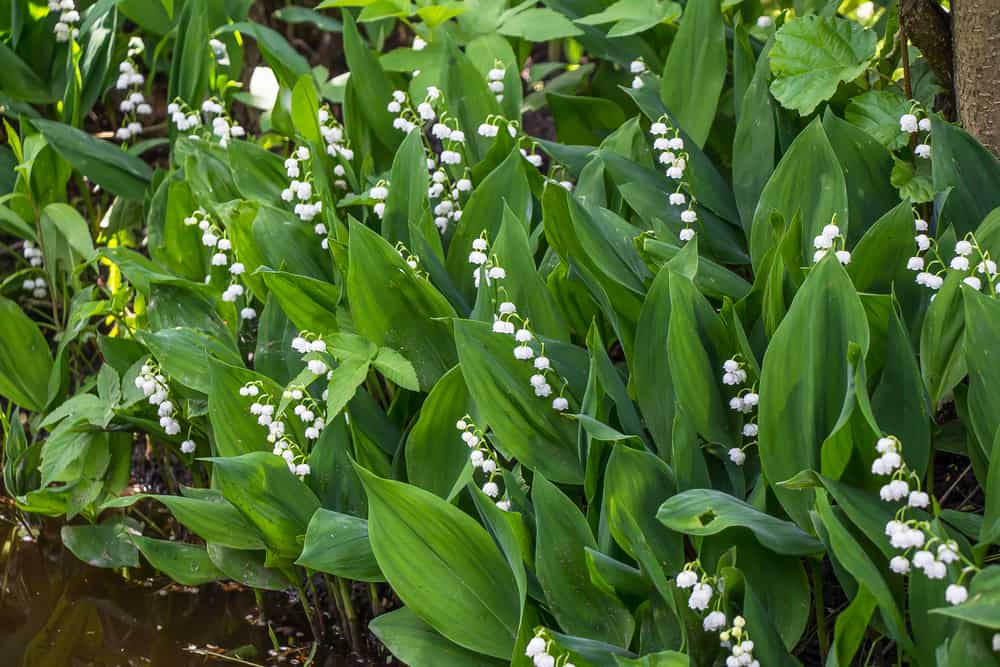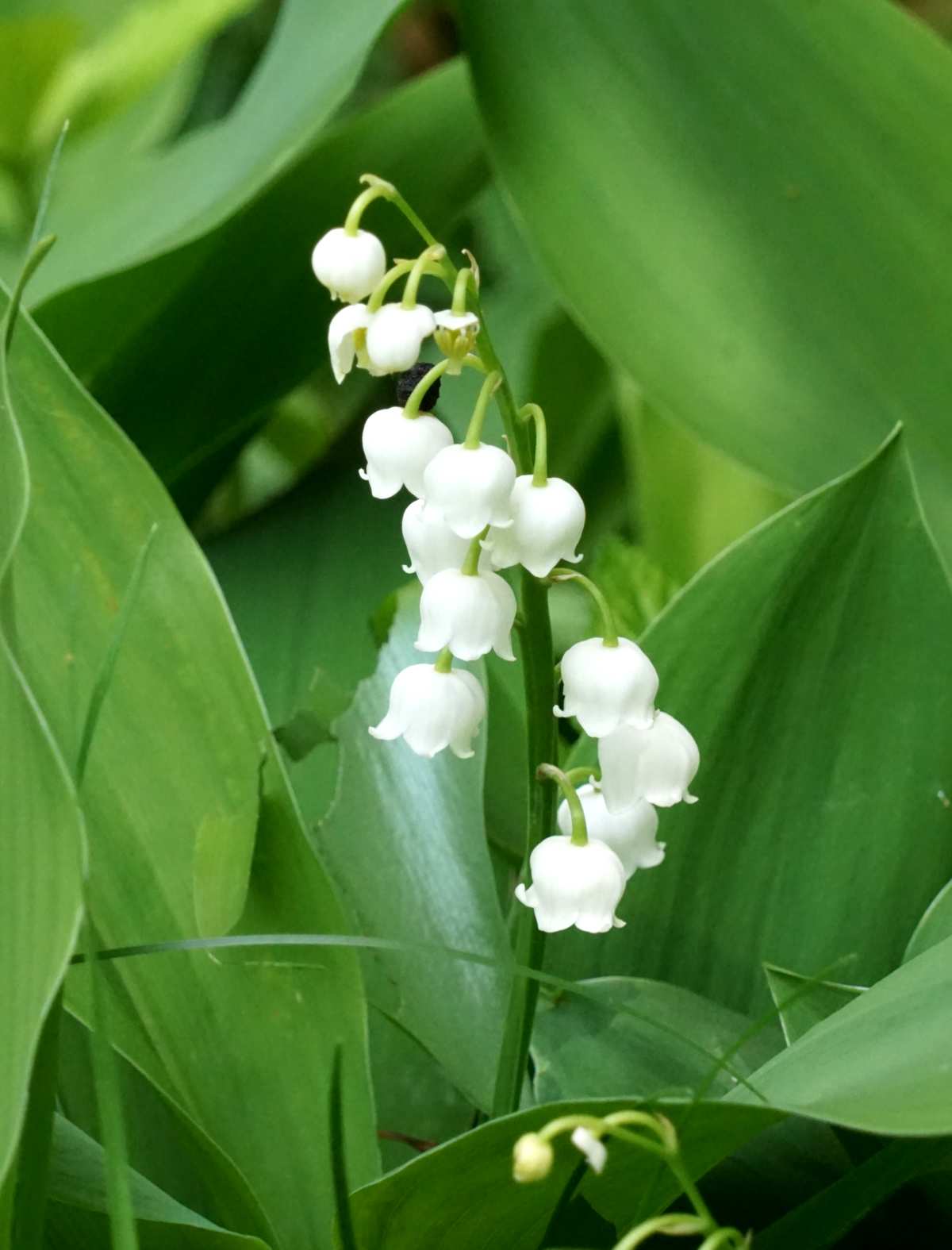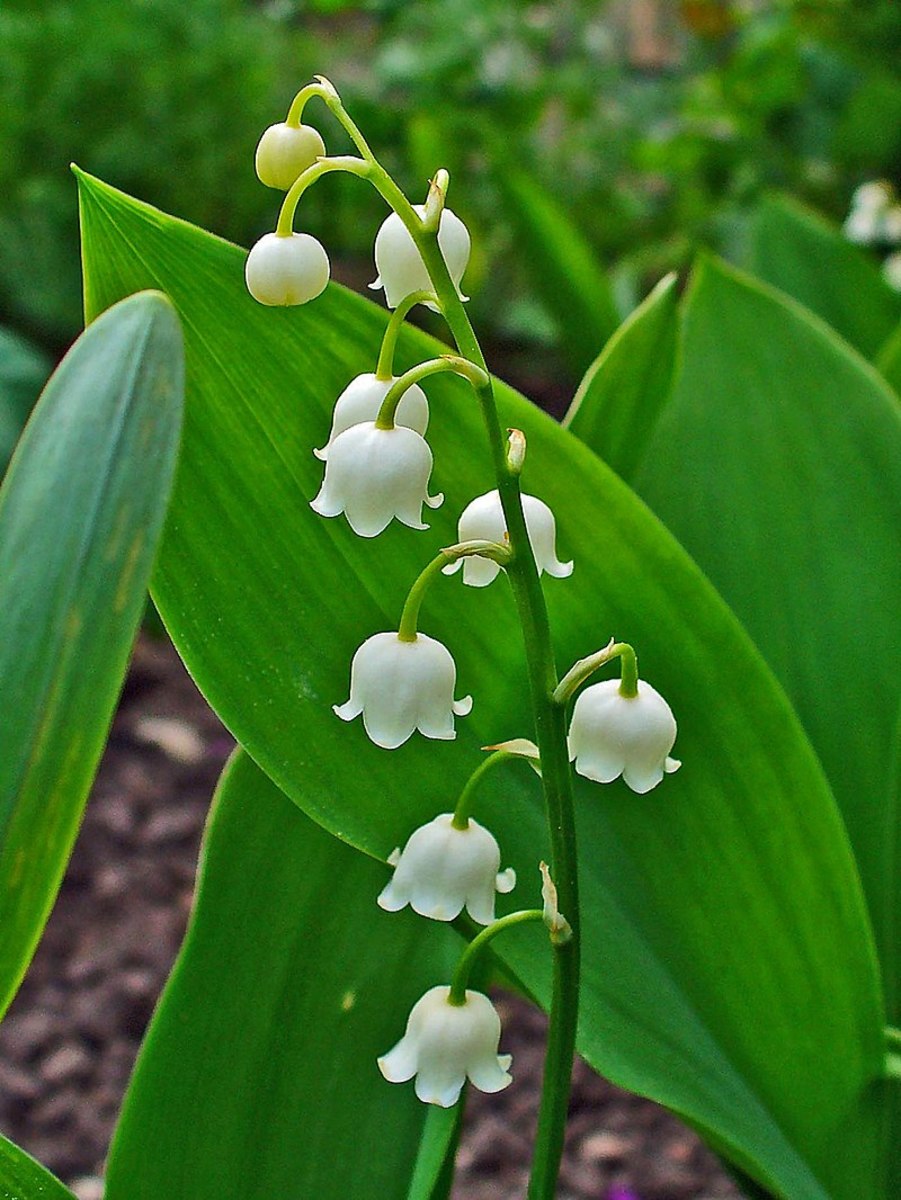When to Plant Lily of the Valley for Optimal Growth
Timing is everything when it comes to planting lily of the valley. The ideal time to plant lily of the valley depends on your location and climate. In general, spring and fall are considered the best seasons to plant lily of the valley, as the weather is mild and there is ample moisture in the soil. In regions with harsh winters, it’s best to plant in the spring, after the last frost, when the soil has warmed up to at least 40°F (4°C). In areas with mild winters, fall planting is a good option, about 6-8 weeks before the first frost. Avoid planting in the summer, as high temperatures and dry soil can cause stress to the plants. By planting lily of the valley at the right time, you’ll give your plants the best chance to establish themselves and thrive.
Preparing the Soil for Your Lily of the Valley
Lily of the valley requires well-draining, rich soil with a slightly acidic to neutral pH, ranging from 6.0 to 7.0. Before planting, it’s essential to prepare the soil to provide the necessary nutrients and support for healthy growth. Start by removing any debris, rocks, and weeds from the planting area. Then, mix in a 2-inch layer of compost or well-rotted manure to improve soil fertility and drainage. If your soil is heavy clay or sandy, add organic matter like peat moss or perlite to balance its structure. Finally, rake the soil to a depth of 8-10 inches to loosen and aerate it, creating an ideal environment for your lily of the valley plants to thrive.
How to Choose Healthy Lily of the Valley Plants
Selecting healthy lily of the valley plants is crucial for their successful growth and blooming. When buying from a nursery or online, look for plants with fresh, green foliage and sturdy stems. Avoid plants with yellow or wilted leaves, as they may be stressed or diseased. Inspect the plants for signs of pests, such as aphids, whiteflies, or spider mites, and check for any visible damage or rot. Choose plants with a well-developed root system, as this will help them establish themselves quickly in their new environment. If you’re buying bare-root plants, make sure the roots are moist and not dried out. By selecting healthy plants, you’ll set yourself up for success and give your lily of the valley the best chance to thrive.
The Art of Planting Lily of the Valley: A Step-by-Step Guide
Planting lily of the valley requires attention to detail and a gentle touch. To ensure successful growth, follow these steps: First, dig a hole that is twice as wide and just as deep as the plant’s root ball. If your soil is poorly draining, consider raising the bed by 2-3 inches to improve air circulation. Gently remove the plant from its container, taking care not to disturb the roots. Place the plant in the hole, making sure the crown (where the stem meets the roots) is level with the soil surface. Fill in the hole with a mixture of soil and organic matter, gently firming it around the roots as you go. Water thoroughly to settle the soil and provide enough moisture to support establishment. Space plants 12-18 inches apart to allow for proper air circulation and growth. Finally, mulch around the plants to retain moisture and suppress weeds. By following these steps, you’ll be well on your way to growing healthy, thriving lily of the valley plants.
Caring for Your Lily of the Valley After Planting
After planting, it’s essential to provide your lily of the valley with the right care to promote healthy growth and blooming. Watering is crucial, especially during the first growing season. Water your plants regularly, but avoid overwatering, which can lead to root rot. Aim to provide about 1 inch of water per week, either through rainfall or irrigation. Fertilize your lily of the valley in the spring with a balanced, slow-release fertilizer to provide essential nutrients for growth. Prune your plants in the fall, removing any dead or damaged foliage to maintain their appearance and promote new growth. Additionally, consider mulching around the plants to retain moisture, suppress weeds, and regulate soil temperature. By following these care tips, you’ll be able to enjoy the beautiful blooms and fragrance of your lily of the valley for years to come.
Common Mistakes to Avoid When Planting Lily of the Valley
When planting lily of the valley, it’s essential to avoid common mistakes that can hinder growth and lead to disappointment. One of the most critical mistakes is overwatering, which can cause root rot and kill the plant. On the other hand, underwatering can also be detrimental, as lily of the valley requires consistent moisture to thrive. Inadequate soil preparation is another common mistake, as lily of the valley prefers well-draining soil with a slightly acidic pH. Failing to provide enough space between plants can also lead to overcrowding, which can increase the risk of disease and pests. Additionally, planting lily of the valley in areas with standing water or where water tends to collect can be detrimental to the plant’s health. By being aware of these common mistakes, you can take steps to avoid them and ensure successful growth of your lily of the valley plants. Remember, when to plant lily of the valley is crucial, and proper care techniques can make all the difference in achieving optimal growth and blooming.
Tips for Growing Lily of the Valley in Different Climates
Lily of the valley is a versatile plant that can thrive in various climates, but it’s essential to adapt to the specific conditions of your region. In cooler climates, lily of the valley prefers partial shade and consistent moisture to prevent winter damage. In warmer climates, it’s crucial to provide full sun to partial shade and ensure good air circulation to prevent fungal diseases. In regions with high humidity, consider adding organic matter to the soil to improve drainage and prevent root rot. When to plant lily of the valley also varies depending on the climate. In areas with mild winters, plant in the fall or early spring, while in regions with harsh winters, plant in the spring after the last frost. Additionally, consider using mulch to regulate soil temperature and retain moisture, especially in areas with extreme temperature fluctuations. By understanding the specific needs of your climate, you can create an ideal environment for your lily of the valley to thrive.
Conclusion: Planting Lily of the Valley with Confidence
By following the guidelines outlined in this article, you’ll be well on your way to successfully planting and growing lily of the valley. Remember, when to plant lily of the valley is crucial, and proper timing can make all the difference in achieving optimal growth and blooming. From preparing the soil to caring for your plants after planting, every step plays a vital role in the health and success of your lily of the valley. By avoiding common mistakes and adapting to different climates, you can create an ideal environment for your plants to thrive. With the right techniques and a little patience, you’ll be enjoying the beautiful blooms and sweet fragrance of lily of the valley in no time. By mastering the art of planting lily of the valley, you’ll be rewarded with a stunning display of white flowers and a sense of pride in your gardening abilities.






